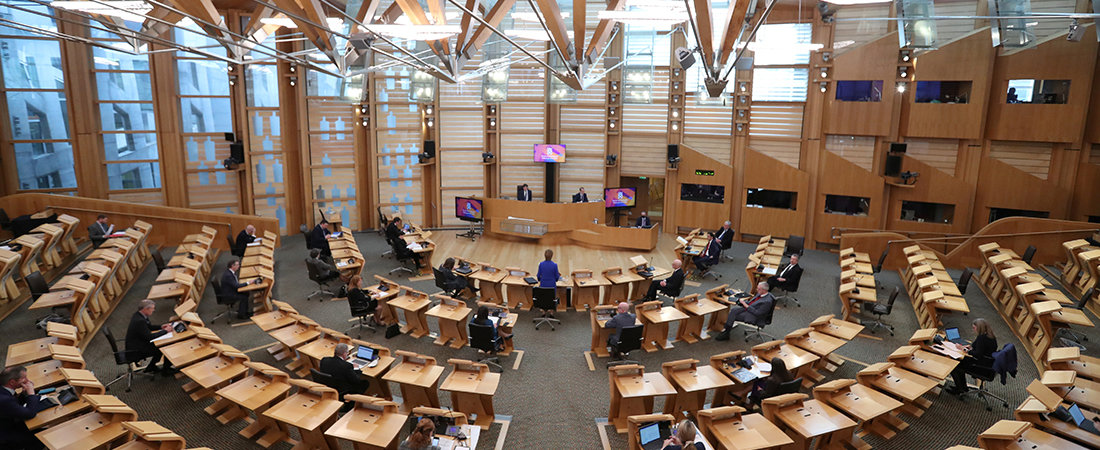The upcoming Scottish Parliament election is unprecedented. It is the first such election fought under the conditions of a pandemic, the first fought with a governing party in power for over a decade, and, crucially, the first that has been actively fought over the issue of Scottish independence.
It is also an election that is defined by a mix of certainties and knife-edges.
The polls point to a substantial Scottish National Party victory. Polling between 45% and 50% of the constituency vote, and slightly under 40% of the regional list vote, Scotland’s leading pro-independence party could still win an outright majority.
The Party needs 65 seats to secure a majority and even if the SNP lose some of the 63 seats they won in 2016, it’s almost certain that the pro-independence Scottish Green Party, projected to win up to ten of Holyrood’s 129 seats, will help provide a comfortable majority of pro-independence MSPs.
That means that the primary political battleground of the next Parliament is practically already decided: whether the pro-independence parties can use a parliamentary majority to pressure Westminster to agree to a referendum – or to legislate for one, and have Westminster challenge it in the courts.
But an SNP majority itself – and with it, the strongest political hand with which to demand a second referendum – rests on a knife-edge. In 2016, a few thousand votes in a handful of seats was all that stood between Nicola Sturgeon and a further five years of majority government, and the same may be true this time.
Scotland has also experienced a significant political realignment since 2016. As SNP and independence-supporting Leave voters – primarily in Scotland’s North East – gave their votes to the Conservatives in the Brexit-dominated elections of 2017 and 2019, anti-independence Remain voters in Scotland’s cities switched to voting SNP. Whether that trend continues, or reverses, will heavily influence the outcome, regardless of what happens to the SNP’s national vote share.
Second place in this election, and de facto leadership of Scotland’s unionist opposition, is also on a knife-edge. The polls put Scottish Labour and the Scottish Conservatives neck-and-neck, though the Conservatives enjoy a slight edge by dint of their electoral strongholds in South Scotland and rural North East Scotland.
However, even if the Scottish Conservatives do come second, Douglas Ross’s disastrous campaign, reflected in his worsening personal ratings, mean that the Tory leader is unlikely to remain in charge of his party in the long run. In contrast, Scottish Labour leader Anas Sarwar’s burgeoning reputation among the Scottish public is likely to position him as unionism’s leading figure in Scotland, regardless of the election outcome.
So, while the political battle of the next few years is already almost certain, the terrain on which it will be fought and who the leading political figures will be is still unclear.
The polls may all be telling slightly different stories but they do identify trends that can inform an analysis of the likelihood of outcomes.
So what do they tell us might happen next Thursday?
An SNP majority – the coveted prize in this election – is still possible. But in the most likely scenario, according to the polls, the SNP win and govern as a minority in the Scottish Parliament.
It is then politics, not polls, that define what happens next.
Even with a pro-independence majority, the SNP may struggle to overcome Number 10’s resistance to granting a Section 30 order to allow a second referendum.
But this time – with an overall majority for pro-independence parties in the Scottish Parliament – they may press ahead and legislate for one. The UK Government must then choose whether to challenge the Scottish Government in the courts, and if it does, the high drama of UK constitutional politics returns to the chambers of the Supreme Court in London.
If you were getting tired of constitutional wrangling, I’m afraid to say that we’re in for many more years of it to come.

